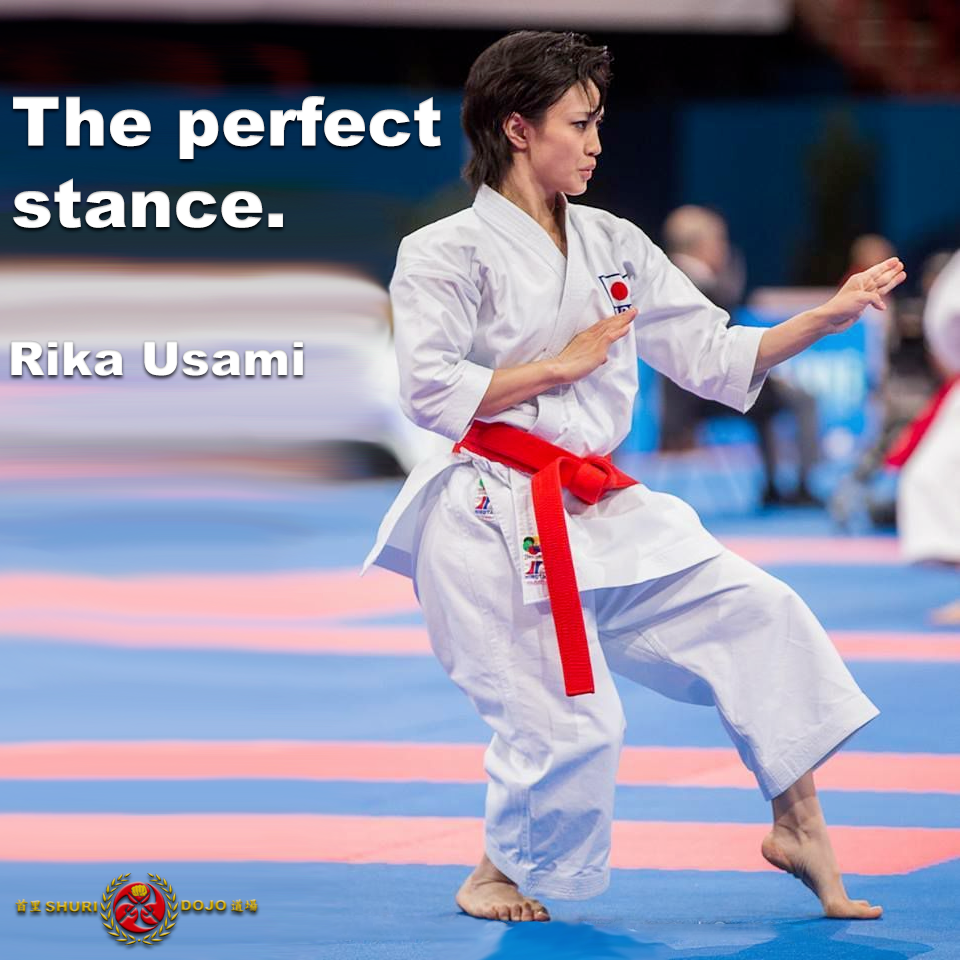
“Karate has many stances; it also has none”. – Genwa Nakasone (1895-1978)
.
In the dojo there is so much time spent perfecting a static stance, almost to the nth degree. But a common complaint about karate, and its kata, is that the stances are impractical, that one would never use such stances in a “real fight.”
.
One of the most misunderstood words in karate is “stance” (apart from “uke”.) The common usage of the word “stance” helps foster that misunderstanding. In everyday English we use the word “stance” to infer a fixed, unchanging position or viewpoint. The common use of the word “stance” can confuse people into thinking that we utilize them in the same way! Pre-existing or unchanging… that they represent “fixed positions”…… They do not.
.
The stances are a snapshot, a moment in time. They are there so we can see how the bodyweight should shift, an angle gained, the positions we should move to and through, or they limit the opponent’s motion and control their position. In practice we must flow through these postures, and not freeze in position…. (you’ll get hit if you do that).
.
Fixed and immoveable is wrong, as the “stances” in karate are transitory positions we move to and through. They are never fixed or indicative of static positions in combat.
.
The other common misunderstanding based on the word “stance”, is the idea that we assume a stance to fight, or perform a certain technique. i.e. It is something we do in preparation….. Again, this is not so.
.
The stances are positions we move to and through. We start from wherever we are. That could be a natural standing position, sitting in chair, reeling from a punch, being on balance, being off balance, the conclusion of the last motion or technique and so on.
.
Because karate covers many different “types”, we need to know which one we are talking about. For traditional karate and its kata, we are talking about a close-range holistic system (grappling and striking), and I feel the stances we see in kata are entirely relevant for that.
.
It must always be remembered that we don’t get into a stance to do techniques; we do techniques by moving into stances…. and like those stances, we fight with the information within kata: we don’t fight with kata. ![]()
![]()
.
Do you agree? Are stances that important? If you want to learn about fighting—should you learn to perfect your stance?
.
.
With thanks to Iain Abernethy
.
